Top 5 Benefits of Learning Indian Classical Instruments for Kids
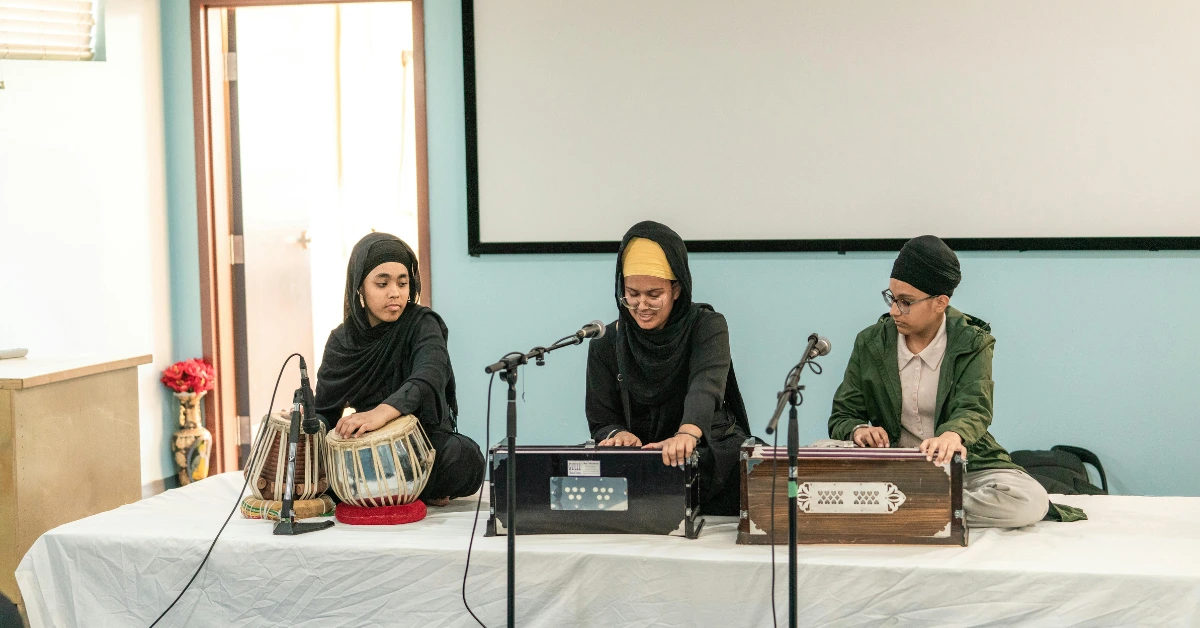
Music is a universal language, but when it comes to Indian classical instruments, the benefits go far beyond melody. For children, especially in India, learning these traditional instruments opens the door to rich cultural heritage, brain development, emotional growth, and much more. In this blog, we explore the Top 5 Benefits of Learning Indian Classical Instruments for Kids, with a focus on age-appropriate instruments and their lifelong impact.
1. Boosts Cognitive and Brain Development
One of the most remarkable advantages of learning Indian classical instruments is the positive impact on a child’s brain development.
- Research shows that music training stimulates areas of the brain linked to memory, attention, and spatial-temporal skills.
- Instruments like the tabla and mridangam require complex hand movements and rhythm patterns that enhance motor skills and coordination.
- Regular practice improves focus, problem-solving abilities, and even math proficiency.
- Playing music engages both hemispheres of the brain, strengthening neural connections.
- Children exposed to music early often perform better academically.
2. Develops Discipline and Patience
Indian classical music, unlike instant pop culture gratification, demands patience and regular practice.
- Learning ragas, talas, and intricate compositions trains children in discipline and structure.
- Consistent practice habits improve time management and goal setting.
- Students learn to appreciate progress through persistence.
- Instruments like veena and sitar require proper tuning and technique, encouraging careful attention.
- Teachers often emphasize respect for tradition, mentors, and peers.
3. Builds Emotional Intelligence and Expression
Music is not just a technical skill; it is a channel of emotional depth and self-expression.
- Children learn to express emotions through musical phrasing, tempo, and dynamics.
- Playing a raag can help a child feel and portray happiness, sadness, or serenity.
- Indian classical music promotes mindfulness and emotional awareness.
- Music practice is therapeutic, reducing stress and anxiety.
- Expressing creativity fosters self-confidence and individuality.
4. Strengthens Cultural Identity and Connection
In a rapidly globalizing world, learning Indian classical instruments helps children stay rooted in their heritage.
- Instruments like tabla, mridangam, veena, and bansuri carry centuries of cultural wisdom.
- Learning Indian music connects children with festivals, traditions, and family legacies.
- Knowledge of Indian music theory enriches language skills in Sanskrit, Tamil, or Hindi.
- Cultural pride strengthens social identity and boosts self-esteem.
- It enables participation in cultural events, temples, and school performances.
5. Encourages Social Skills and Community Engagement
Learning Indian classical music isn’t a solitary journey; it brings children into vibrant communities.
- Kids often take part in group classes or ensembles, learning teamwork and cooperation.
- Participating in concerts or arangetrams improves public speaking and performance skills.
- Teacher-student dynamics teach respect, listening, and feedback.
- Sharing a common passion for music builds lifelong friendships.
- Children become part of a musical legacy, giving them a sense of purpose.
Bonus: Choosing the Right Instrument for Your Child
Understanding a child’s interest and personality is key in selecting the right Indian classical instrument.
- Tabla or Mridangam: Perfect for children who enjoy rhythm and movement.

- Veena or Sitar: Ideal for those drawn to melody and intricacy.

- Bansuri (Indian Flute): Great for kids who appreciate calm and meditative tones.

- Violin (Carnatic Style): A versatile choice with strong community support in India.

- Harmonium: Helps in understanding ragas and accompanying vocal music.

Each instrument provides a unique pathway into the world of classical music.
Tips for Parents: Supporting Your Child’s Musical Journey
- Encourage regular practice without pressure.
- Attend your child’s performances to show support.
- Provide access to good teachers and instruments.
- Create a musical environment at home.
- Celebrate milestones, no matter how small.
Conclusion
The Top 5 Benefits of Learning Indian Classical Instruments for Kids go beyond music. They touch every aspect of a child’s growth—mental, emotional, cultural, and social. Whether your child picks up a tabla, veena, or bansuri, they gain more than a skill. They become part of a living tradition that shapes character and creativity. As parents, educators, or music lovers, nurturing this connection can make a powerful difference in a child’s life.
Introducing Indian classical instruments to kids is not just an activity; it’s an investment in their holistic development. Encourage them today, and watch the lifelong benefits unfold through every note they play.
At NMS Musicals, we offer a comprehensive range of musical instruments, including percussion, string, wind, and keyboard instruments. Our services encompass sales, expert servicing, and the manufacture of leather instruments. Explore our diverse collection and find the perfect instrument to suit your musical needs.
Visit our website to browse our offerings: nmsmusicals.in
For a closer look at our products, check out our shop page: nmsmusicals.in/shop
Stay connected with us through our social media channels:
- Facebook: https://www.facebook.com/nmsmusicalinstruments/
- Instagram: https://www.instagram.com/nmsmusicals/?hl=en
- YouTube: youtube.com/@nmsmusicals
Our shop locations are:
- Puducherry: 149, Perumal Koil Street, Heritage Town, Puducherry, 605001.
Map Link: https://maps.app.goo.gl/ejDwBBFEJmd3szxk7 - Chennai: No: 1, 1st Floor, Kandigai Street, TVS Nagar, Korattur, Chennai – 600076.
Map Link: https://maps.app.goo.gl/7oXmB6X7KQsqeuuw9
For inquiries, contact/Whatsapp us at 9500663895 or email us at laxman.m89@gmail.com.
Discover the world of musical instruments with NMS Musicals today!
For a visual overview of our percussion instruments, watch the following video:


 Cart is empty
Cart is empty 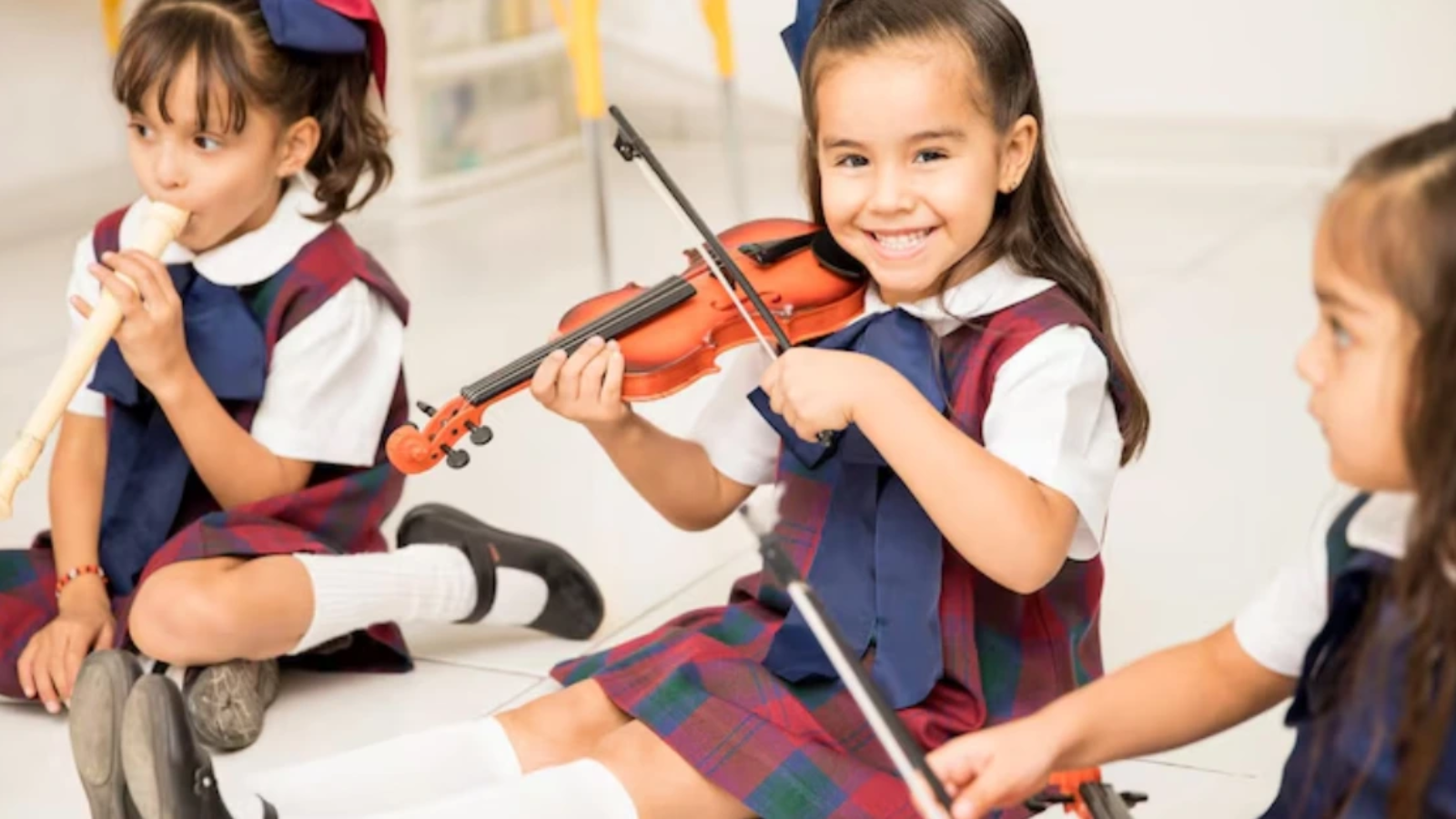
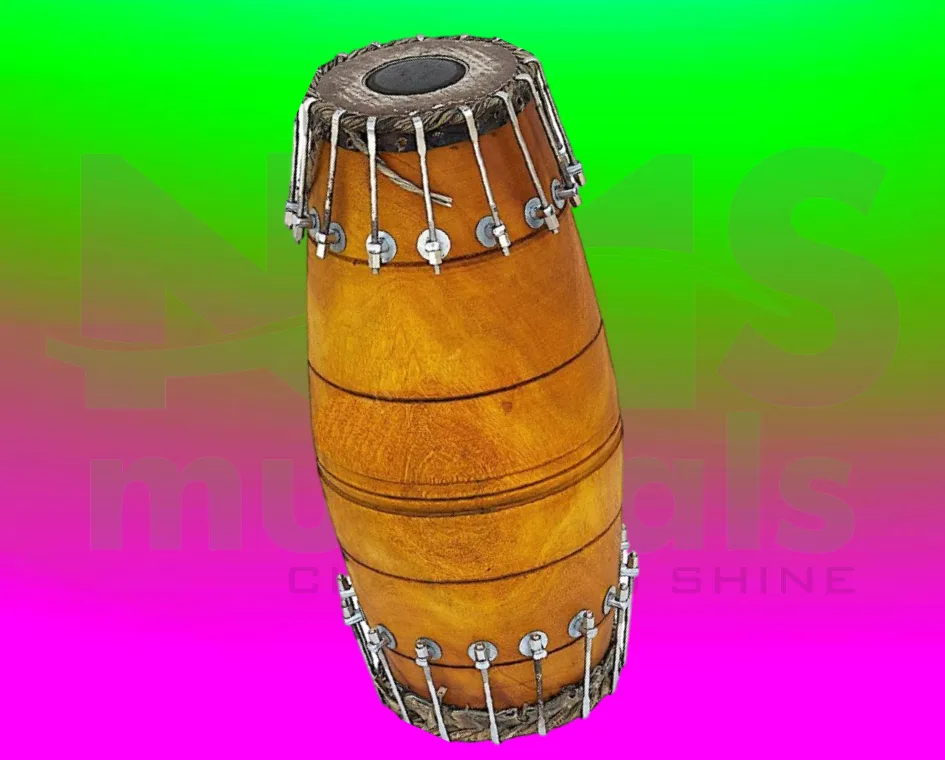
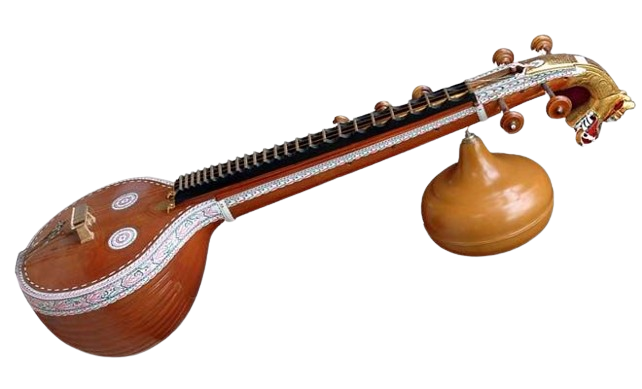
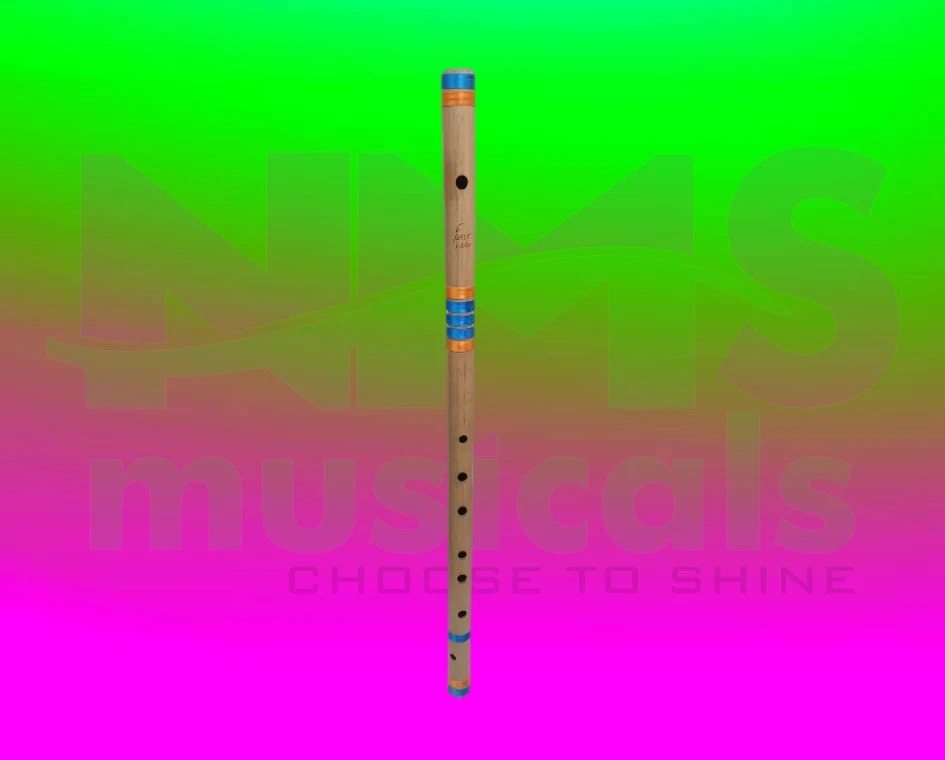
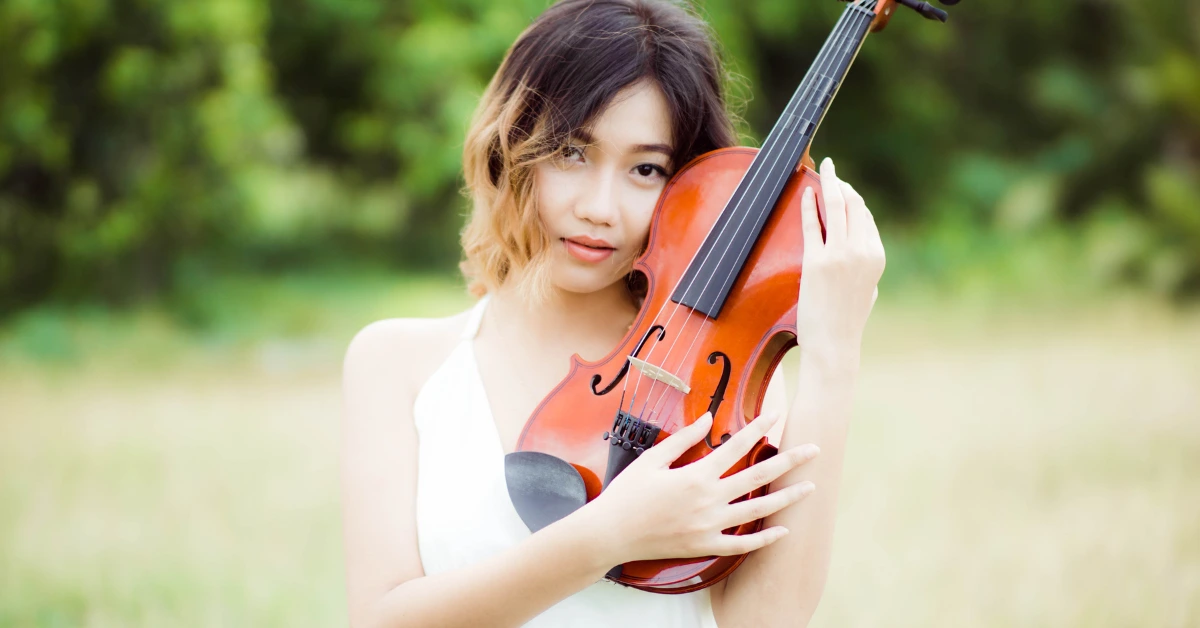
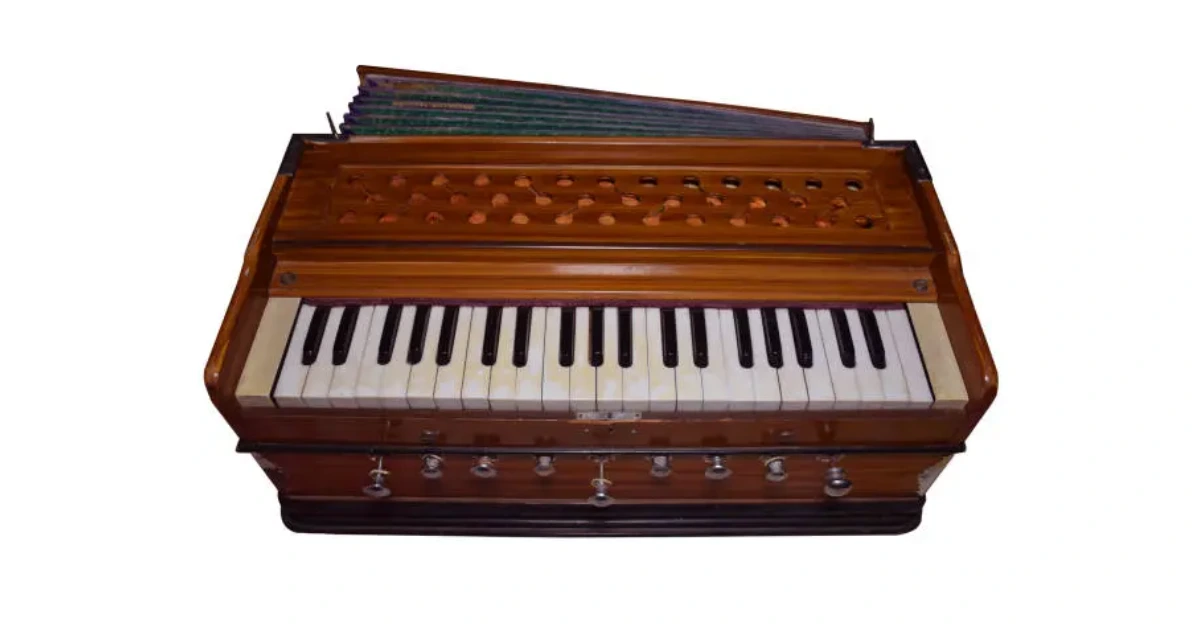
Leave A Comment
You must be logged in to post a comment